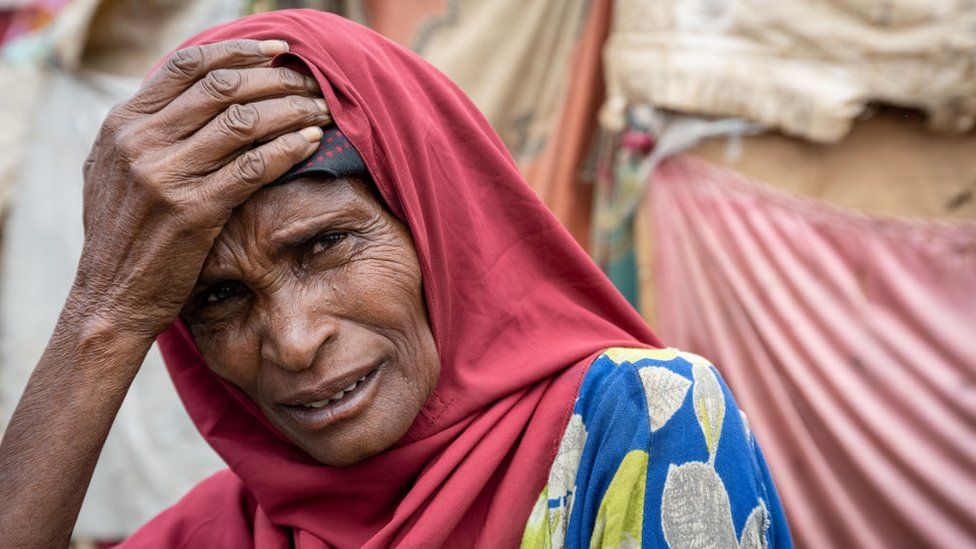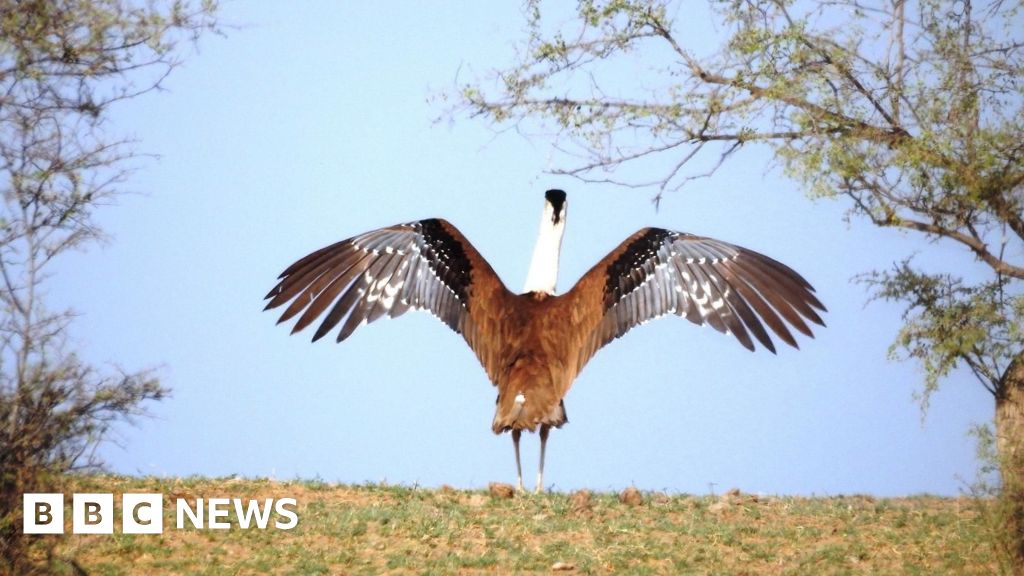ARTICLE AD BOX
 Image source, Getty Images
Image source, Getty Images
Nunney Hassnow Abdyow, one many Somalis fleeing drought and war, pictured in a Baidoa camp in November last year
Around 43,000 people may have died in Somalia last year after several failed rainy seasons, a new report by the Somali government and UN suggests.
It is the first official death toll from the drought in the Horn of Africa. Half of the fatalities are thought to be in children under five.
The crisis is "far from over", with 18,000-34,000 more deaths expected in the first six months of this year.
In 2011, a famine in Somalia killed over a quarter of a million people.
"We are racing against time to prevent deaths and save lives that are avoidable," said World Health Organisation (WHO) representative Dr Mamunur Rahman Malik.
He added that the "cost of our inaction" would mean children, women and vulnerable people would die as "we hopelessly, helplessly witness the tragedy unfold".
The UN says it needs $2.6bn (£2.1bn) for its Somalia drought response plan this year. So far, under 15% of that has been funded.
Millions of farm animals have died in the crisis, which has been worsened by climate change, political instability and the global rise in food prices.
One problem has been getting aid into territory controlled by al-Shabab, which is affiliated to al-Qaeda and considered a terrorist group by both the US and UK.
Al-Shabab regularly launches brutal attacks in Somalia and poses a massive obstacle to humanitarian activity.
Some humanitarian officials believe the international community has sidelined the crisis due to the war in Ukraine.
In January, the UN's humanitarian coordinator in Somalia, Adam Abdelmoula, said traditional donors had "washed their hands and focused on Ukraine", according to the Associated Press news agency.
The report released on Monday was commissioned by UNICEF and the WHO and carried out by the London School of Hygiene and Tropical Medicine and Imperial College London.

 1 year ago
71
1 year ago
71








 English (US)
English (US)